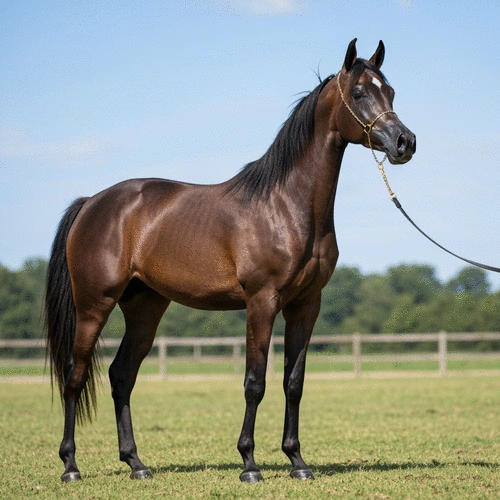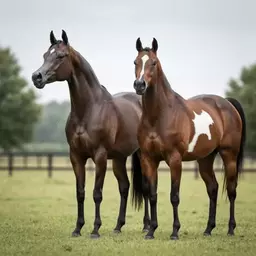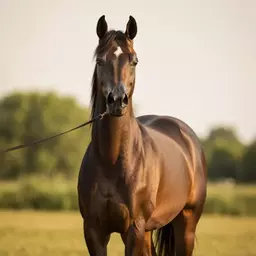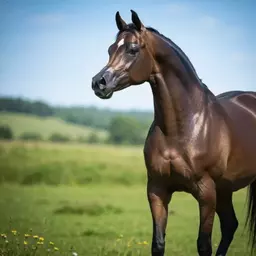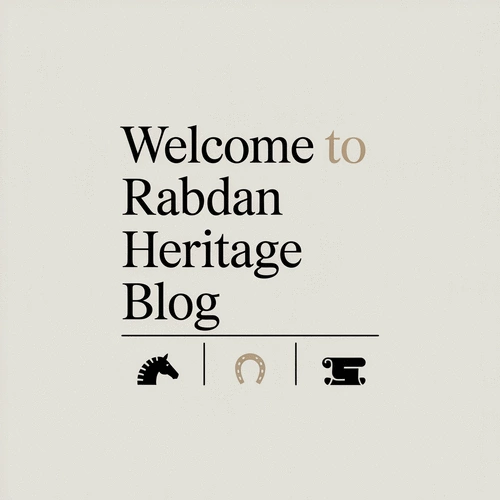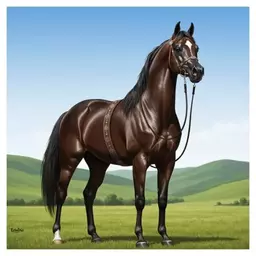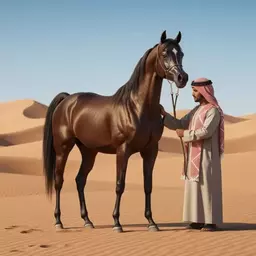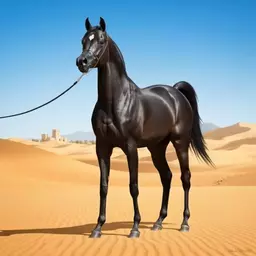For horse enthusiasts and breeders alike, the allure of the Rabdan Arabian horse is not just in its beauty—it's a rich tapestry of history, heritage, and remarkable traits that make this breed unique. As you explore the intricacies of the Rabdan strain, you’ll discover how these horses are more than majestic creatures; they embody a legacy that spans generations.
What You Will Learn
- The Rabdan Arabian horse has a noble heritage deeply connected to Bedouin culture, showcasing a rich history.
- Distinctive physical traits of Rabdan Arabians include a finely chiseled head, large expressive eyes, and a high tail carriage, contributing to their elegance.
- Their gentle yet spirited temperament makes Rabdan Arabians highly trainable and responsive, winning the hearts of enthusiasts.
- Identifying a purebred Rabdan involves recognizing specific coat colors and conformation, such as a strong, balanced build and refined facial features.
- Understanding the differences between Rabdan and other Arabian strains like Hamdani and Kuhaylan allows for more informed discussions within the equestrian community.
- Coat color and conformation are critical in determining a Rabdan Arabian's value and performance, impacting their desirability in the show ring.
Distinguishing Purebred Rabdan Arabian Horses
The Rabdan Arabian horse is renowned for its unique blend of grace, intelligence, and endurance. Below, we highlight the key physical traits and characteristics that differentiate the Rabdan strain from other Arabian lineages like Hamdani and Kuhaylan.
Rabdan Arabian Traits
- Frame: Taller and sleeker
- Head: Noble, finely chiseled
- Eyes: Large, dark, expressive
- Chest: Deep
- Waist: Tapered
- Movement: Unparalleled elegance
Hamdani Traits
- Body: Typically more rounded
- Head: Broader
Kuhaylan Traits
- Body: More compact stature
- Neck: Thicker
Understanding the Purebred Rabdan Arabian Horse
The Rabdan Arabian horse is a breed that truly embodies the spirit of beauty and strength. What sets the Rabdan Arabian apart from other Arabian horses is not just its stunning appearance but also its rich heritage that has been carefully preserved over generations. These horses exhibit a unique blend of grace, intelligence, and endurance, making them well-suited for a variety of disciplines, whether it be endurance riding or competitive showing, as detailed by the United States Equestrian Federation.
One of the most distinctive characteristics of the Rabdan strain is their noble head structure, with a refined profile that often features large, expressive eyes. Additionally, their overall conformation is typically complemented by a long neck and a deep chest, contributing to their athleticism. Have you ever seen a Rabdan Arabian in motion? It’s a sight that captures the heart, as they move with unparalleled elegance!
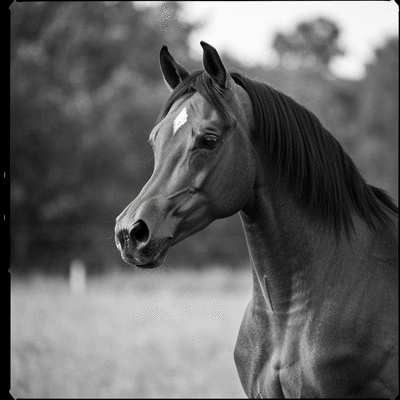
What Sets the Rabdan Arabian Apart?
- Noble Heritage: The Rabdan bloodline boasts a rich history that is deeply intertwined with Bedouin culture.
- Distinctive Features: Their unique physical traits, such as a finely chiseled head and high tail carriage.
- Temperament: Known for their gentle yet spirited nature, Rabdan Arabians possess a keen intelligence that makes them responsive and trainable.
Each of these aspects contributes to the Rabdan Arabian's reputation for being a versatile and beloved breed among enthusiasts. As I continue to explore the characteristics of these magnificent horses, I encourage you to reflect on what makes the Rabdan strain so special in your view!
Historical Context and Significance
The origins of the Rabdan Arabian horse can be traced back to the Arabian Peninsula, where they were cherished by the Bedouins. These horses were more than just companions; they represented a vital part of the nomadic lifestyle, serving in both warfare and as trusted transport. The Rabdan bloodline has been meticulously preserved due to the dedication of breeders who understand the cultural significance of these horses. The Arabian horse's historical significance as a breed is well-documented, highlighting its enduring legacy.
Today, the importance of Rabdan Arabians extends beyond their historical role. They are celebrated within modern breeding programs that aim to maintain the unique qualities of this strain while promoting its legacy. For horse lovers and historians alike, the Rabdan Arabian is a living testament to centuries of tradition and excellence.
Key Physical Traits of a Purebred Rabdan Arabian Horse
When it comes to identifying a purebred Rabdan Arabian, specific physical markers play a crucial role. These horses are often adorned with a coat that shines with rich hues, from shades of bay to chestnut and grey. Their conformation is equally striking, featuring a well-proportioned body that reflects their heritage of endurance and agility.
Understanding these physical traits can significantly enhance your appreciation of the breed. Have you ever marveled at the exquisite details that define the Rabdan Arabian? From their elegant movement to their structural integrity, these factors contribute to their status as one of the most admired breeds in the equestrian world!
Identifying Physical Characteristics
- Coat Colors: Common colors include bay, chestnut, grey, and occasionally black.
- Conformation: Look for a strong, balanced build with a deep chest and a tapered waist. The Arabian Horse Youth Association provides an excellent guide on conformation, which applies to distinguishing Rabdan characteristics.
- Facial Features: A refined, angular head with large, dark eyes is a hallmark of the breed.
These characteristics make the Rabdan Arabian not just a delightful companion but also a valuable asset in any breeding program. By understanding what to look for, you'll be better equipped to appreciate the true beauty of these remarkable horses.
Common Traits to Differentiate from Other Arabian Strains
Many enthusiasts often find themselves drawn to the captivating qualities of the Arabian horse, but distinguishing between different strains can be a challenge. The Rabdan Arabian can be differentiated from similar strains such as Hamdani and Kuhaylan through specific traits. It's essential to know what to look for!
- Hamdani: Typically has a more rounded body and a broader head.
- Kuhaylan: Often features a more compact stature and a thicker neck.
- Rabdan: Stands out with its taller and sleeker frame, combined with a noble head.
By being aware of these distinctions, you can confidently identify the unique traits of a Rabdan Arabian and enhance your understanding of this exquisite breed. What have you noticed about the different Arabian strains in your experience?
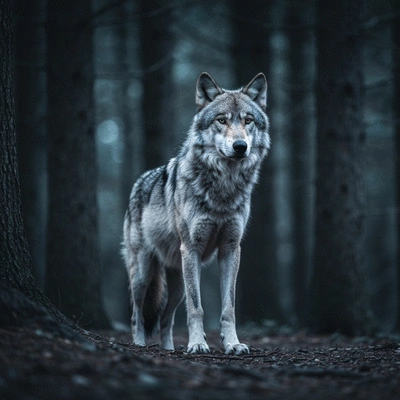
The Importance of Coat Color and Conformation in Rabdan Arabians
Coat color and conformation are critical factors that influence the value and performance of Rabdan Arabians. A well-conformed horse with a vibrant coat is not only visually appealing but also performs better in various equestrian activities. These elements contribute to the breed's reputation and desirability among owners and breeders.
For instance, a horse with a rich bay coat and a strong, athletic build is often highly sought after in the show ring. The color and build reflect the genetics and heritage of the Rabdan strain, making them more than just aesthetic qualities—they are markers of potential and excellence!
Did You Know?
Approximately 75% of Arabian horse enthusiasts believe that understanding a horse's heritage greatly enhances their appreciation and connection to the breed. This deep-rooted knowledge not only enriches your experience but also helps in preserving the legacy of breeds like the Rabdan Arabian.
Frequently Asked Questions About Rabdan Arabian Horses
- What makes the Rabdan Arabian horse unique?
- The Rabdan Arabian is unique due to its noble heritage deeply connected to Bedouin culture, distinctive physical traits like a finely chiseled head and large expressive eyes, and a gentle yet spirited temperament, making them highly trainable.
- How can I identify a purebred Rabdan Arabian?
- Purebred Rabdan Arabians can be identified by specific physical markers, including their coat colors (bay, chestnut, grey, occasionally black), a strong and balanced build with a deep chest and tapered waist, and refined facial features with large, dark eyes. They also typically have a taller and sleeker frame compared to other strains.
- What are the key differences between Rabdan and other Arabian strains like Hamdani and Kuhaylan?
- Rabdan Arabians are generally taller and sleeker with a noble, finely chiseled head. Hamdani Arabians typically have a more rounded body and a broader head, while Kuhaylan Arabians often feature a more compact stature and a thicker neck.
- Why are coat color and conformation important for Rabdan Arabians?
- Coat color and conformation are critical as they influence the value and performance of Rabdan Arabians. A well-conformed horse with a vibrant coat is not only visually appealing but also performs better in various equestrian activities, reflecting the genetics and heritage of the strain.
- Where can I find more information or connect with other Rabdan Arabian enthusiasts?
- Aspiring owners and enthusiasts can connect with reputable breeders, engage with the Arabian horse community through organizations like the Arabian Horse Association, and utilize resources from equestrian federations to stay informed about breeding standards and preservation efforts.
Summarizing the Journey to Identifying a Purebred Rabdan Arabian Horse
As we explore the fascinating world of the Rabdan Arabian horse, it's essential to reflect on the significant traits, verification methods, and resources we've discussed. Understanding the unique characteristics of this noble breed, such as their elegant conformation and distinctive coat colors, helps us appreciate their value. The verification methods, which include scrutinizing pedigree documents and conducting DNA tests, play a crucial role in ensuring authenticity.
By utilizing the resources available, including reputable breeders and registries, we can further our knowledge and confidence in identifying a purebred Rabdan Arabian. Remember, the journey doesn't end with acquiring knowledge; it continues as you engage with the vibrant community of Arabian horse enthusiasts.
Next Steps for Aspiring Rabdan Arabian Owners
For those of you inspired to embark on the journey of owning a Rabdan Arabian, I encourage you to utilize the checklist we provided and take advantage of the resources mentioned in this article. Here’s a quick recap of your next steps:
- Review the identification checklist to assess potential purchases.
- Connect with reputable breeders for insights and potential horse acquisitions.
- Engage with the Arabian horse community through organizations like the Arabian Horse Association.
- Stay informed about modern breeding standards and preservation efforts for the Rabdan bloodline.
By embracing these steps, you’ll not only enhance your understanding of the Rabdan Arabian horse but also foster meaningful connections within our community. Let’s celebrate this remarkable breed together and ensure its legacy continues for generations to come! If you have any questions or experiences to share, feel free to drop a comment below. Your voice matters in our shared passion for Arabian heritage!
Recap of Key Points
Here is a quick recap of the important points discussed in the article:
- Noble Heritage: The Rabdan bloodline is deeply connected to Bedouin culture and has been meticulously preserved.
- Distinctive Features: Rabdan Arabians are known for their finely chiseled heads, elegant movement, and athletic conformation.
- Temperament: They possess a gentle yet spirited nature, making them responsive and trainable.
- Identifying Traits: Key physical markers include coat colors like bay and chestnut, a refined head structure, and a balanced build.
- Verification Methods: To ensure authenticity, pedigree documents and DNA tests are essential.
- Next Steps: Aspiring owners should connect with reputable breeders and engage with the Arabian horse community for valuable insights.

